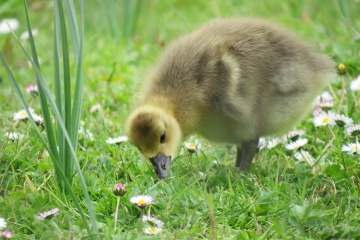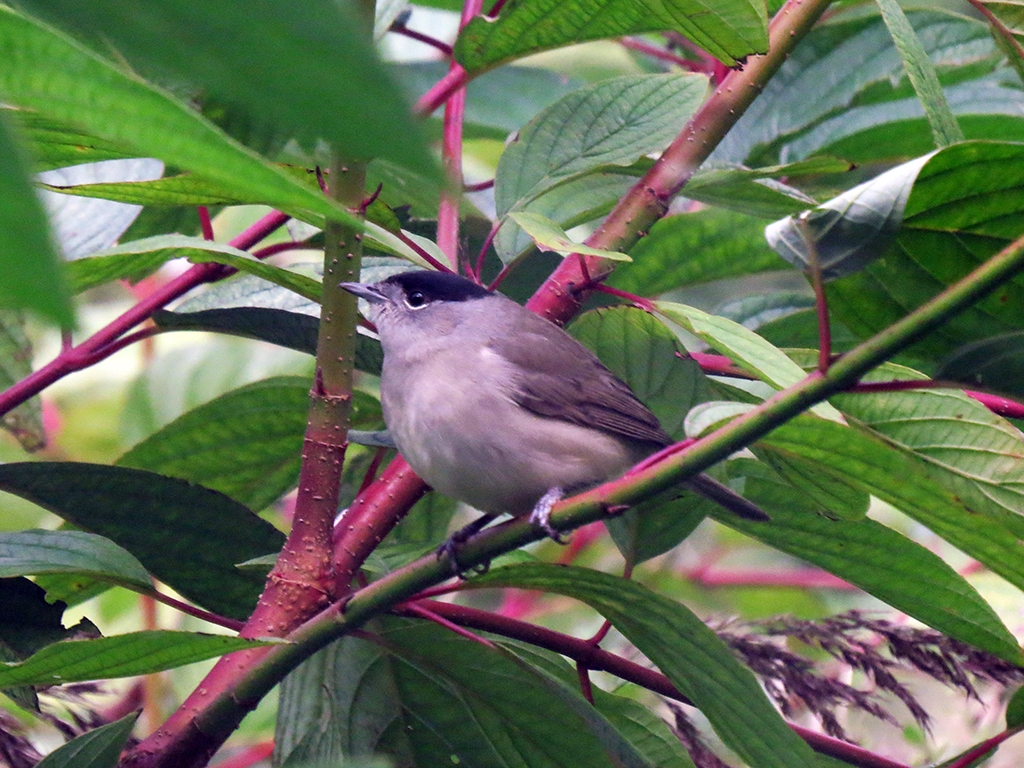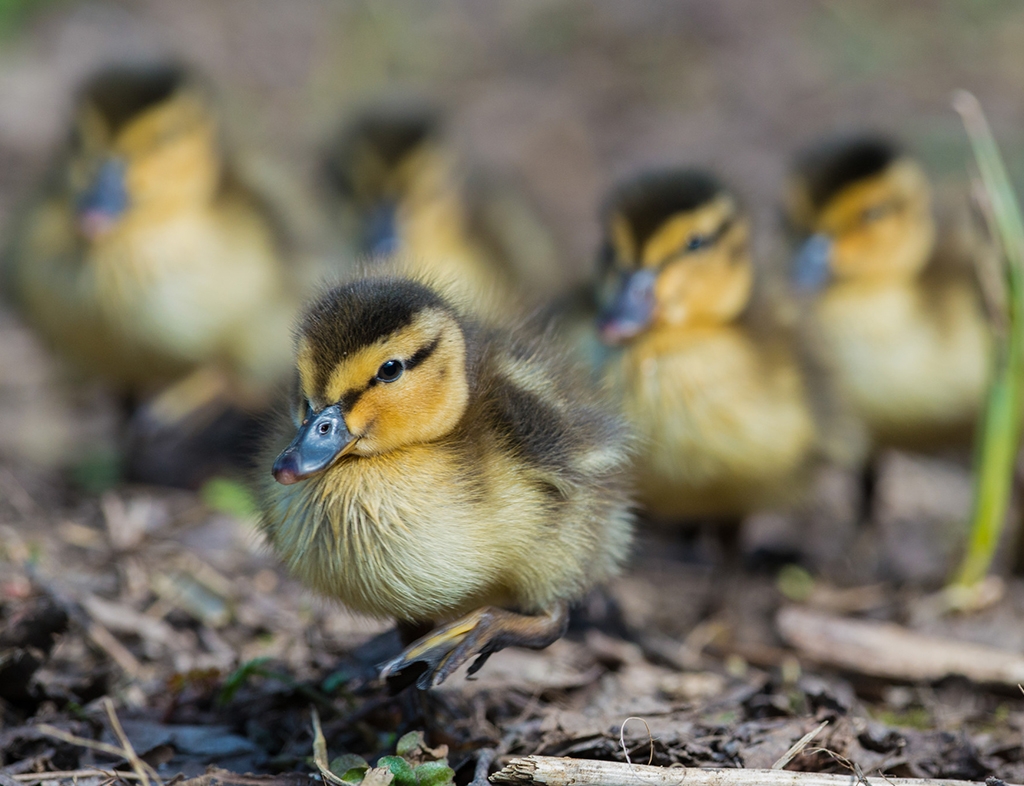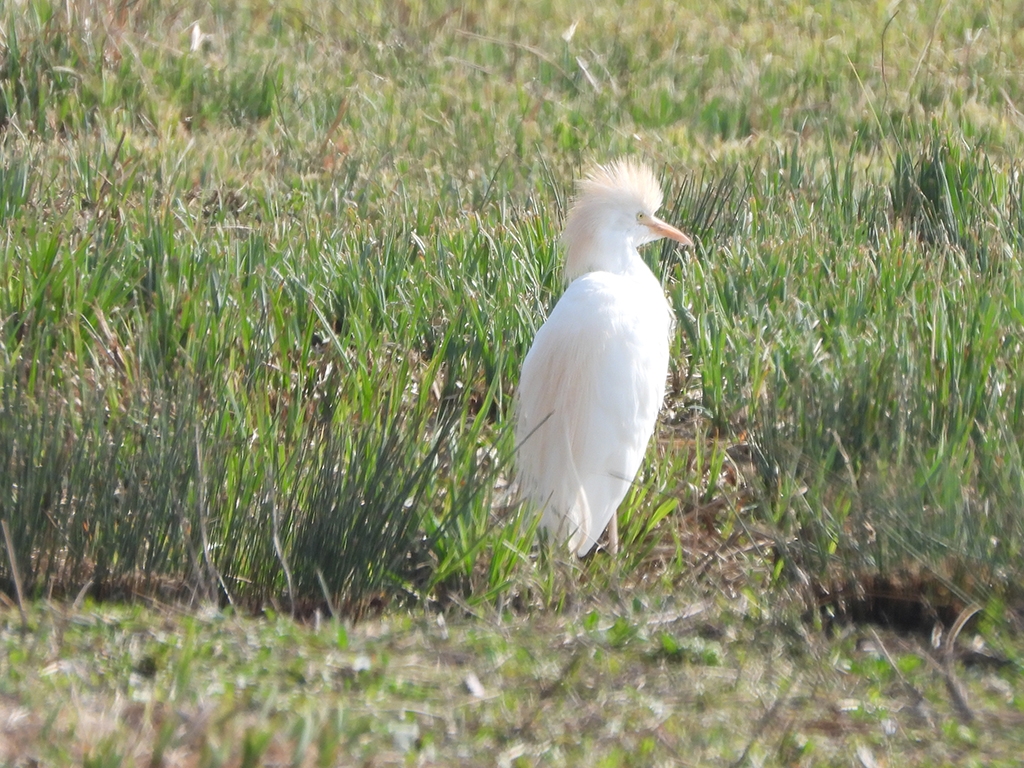Sand martins, a green sandpiper and a hungry hobby.
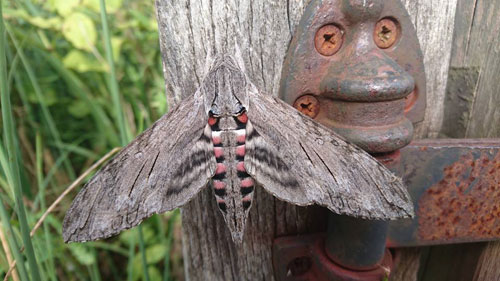
Wilidfe Sightings for week of Sept 12-18 by Paul Stevens.
OVER ONE THOUSAND sand martins and house martins were hawking insects low over the reserve on Friday. The rain on Thursday night and the cool temperature drove flying insects closer to the ground and the migrating hirundines followed their food. The birds are still moving through the reserve on their autumn passage to Africa, pausing at Arundel to fatten up and check out the colony calls we are playing at our artificial nesting bank.
I spotted a green sandpiper on Thursday at the Lapwing hide. It took to the air and suddenly a hobby came out of nowhere and made a grab for it! The sandpiper escaped, landing in our Tundra exhibit to hide from the hobby.
The weather was all over the place last week. Sunday’s warm sunshine brought out red admiral and comma butterflies along with common darter and migrant hawker dragonflies. Cetti’s warblers are singing really well at the moment, marking their territory. Unusually I saw a juvenile green finch on the hedges along our Tranquil Trail. The youngster likely hatched from a late clutch of eggs. We had a convolvulus hawk moth on the boat jetty on Sunday, they show in August and September.
On the opposite side the cooler days brought in more winter migrants. I counted 115 teal at the Scrape hide on Saturday up from 30-40 we had last week. We had our first wigeon of the autumn arrive on Saturday and by Monday there were three. WWT Arundel gets about 12-15 wigeon in the winter. Many wigeon arriving for the winter mover further up the Arun Valley to Amberly and Pulborough. Volunteer Andrew was in on Monday to do the Wetland Birds Survey count and he spotted three water rails. Snipe sightings are increasing and we are counting eight or nine shoveller ducks onsite each day.
Strangely the osprey is still popping in with our more recent sighting last Saturday! The pair of peregrines is still showing well in the Offham Hanger that borders the reserve. I also had exciting encounters with four fast-moving grass snakes when our team was cutting vegetation on the islands.
